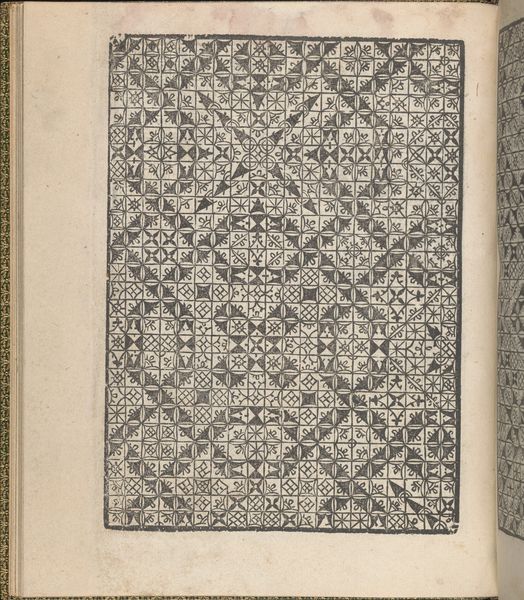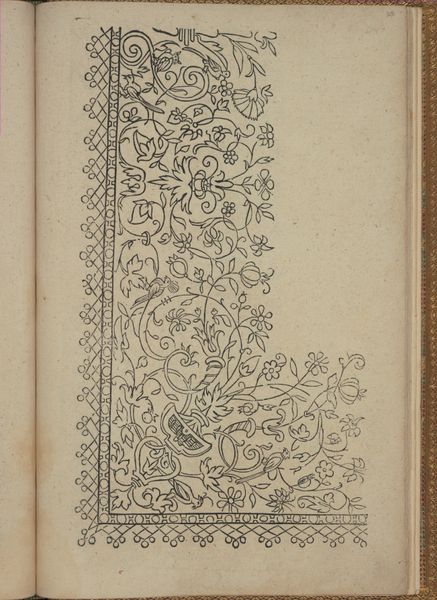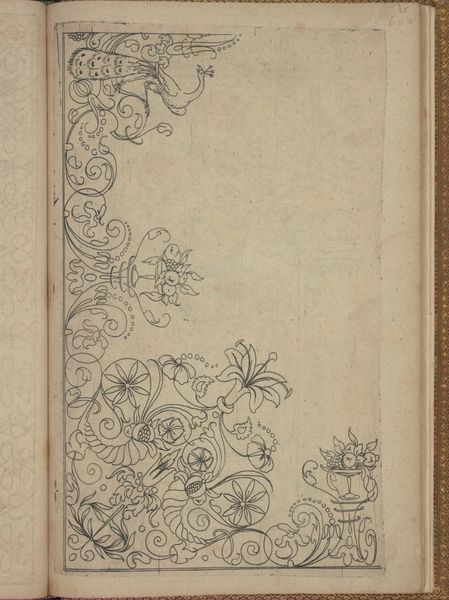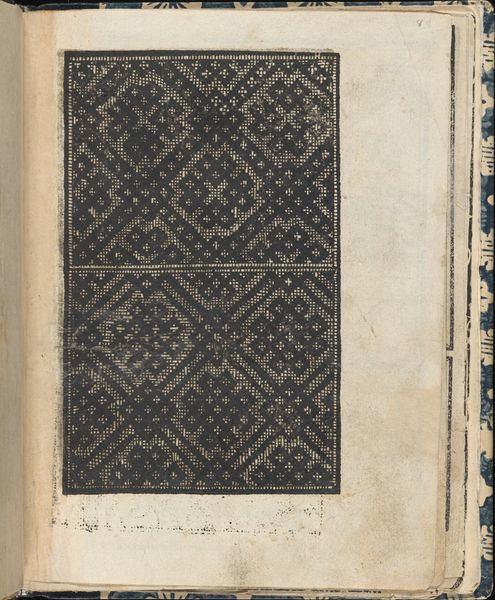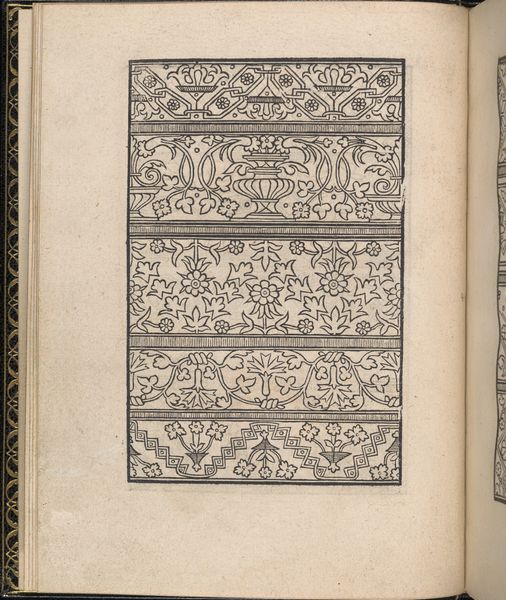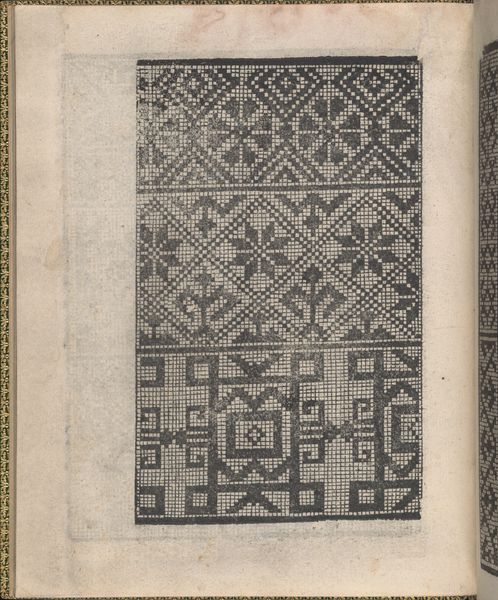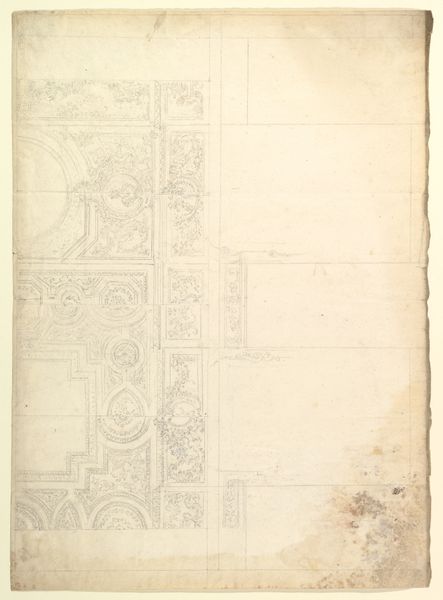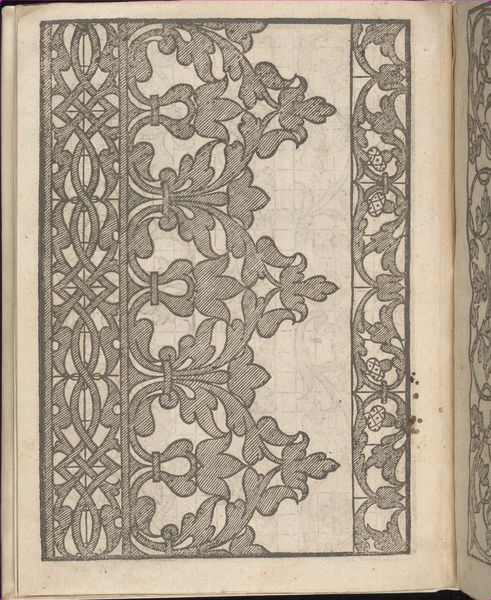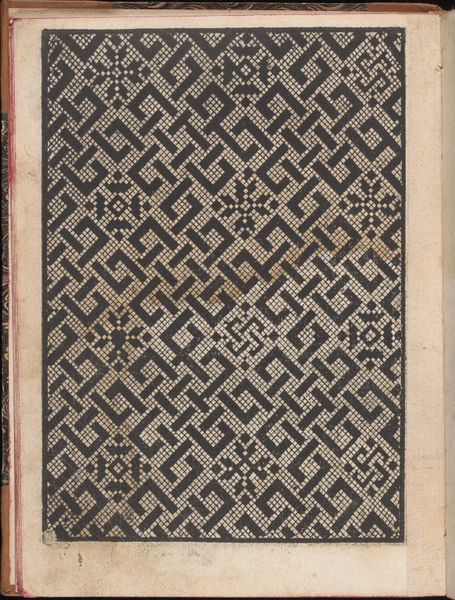
Reisalbum met foto's van bezienswaardigheden in België en Frankrijk c. 1860 - 1900
0:00
0:00
photography, albumen-print
#
photography
#
decorative-art
#
albumen-print
Dimensions: height 368 mm, width 630 mm, width 313 mm, thickness 46 mm
Copyright: Rijks Museum: Open Domain
Curator: Let's turn our attention to this remarkable travel album, compiled between 1860 and 1900, showcasing photographic prints of sights in Belgium and France, likely albumen prints from diverse makers. Editor: It looks so formal, doesn’t it? Very rigid, with that decorative patterned binding; quite sturdy and gives a sense of historical weight. It invites you to reach out and turn the page. Curator: Indeed. Consider how travel during this period became increasingly accessible, at least for certain social classes. This album then becomes a sort of status symbol and a testament to a leisure activity, marking a new era of tourism, intertwined with colonialism, with the gaze often directed towards specific subjects deemed ‘worthy’ of documentation and admiration. Editor: Right. The binding itself speaks to a very specific type of luxury, a hand-crafted object, suggesting careful construction with durable materials for repeated use and travel. This raises questions about the printers and binders and who they were in the 19th-century labor economy. Curator: The album, viewed within a feminist lens, becomes a record of potential female travelers, broadening the roles of women within society during the Victorian era. Who had the power to shape the narrative of these places, who chose which sites to immortalize, and, perhaps more critically, who was excluded? Editor: Yes, the social act of both creating and owning such an album underlines networks of production and consumption in photography in the mid-19th century, it also reflects access and wealth tied up with image making during the industrial revolution. Curator: When viewed in context, an album like this one provides insights into how Europe's cultural identity was carefully curated through image selection and presentation during this period. It subtly dictated perspectives and continues to shape the dialogue about art and visual culture in relation to race, class, and privilege today. Editor: I’m particularly curious to learn about the different people who had a hand in its making from the albumen print production to those that decorated the album itself. It reveals a collaborative process within specific craft production practices. Curator: Definitely. Examining an artifact like this lets us acknowledge complex networks of societal values. It is as relevant now as it was then. Editor: Absolutely, let's uncover what we might learn if we inspect its seams.
Comments
No comments
Be the first to comment and join the conversation on the ultimate creative platform.



